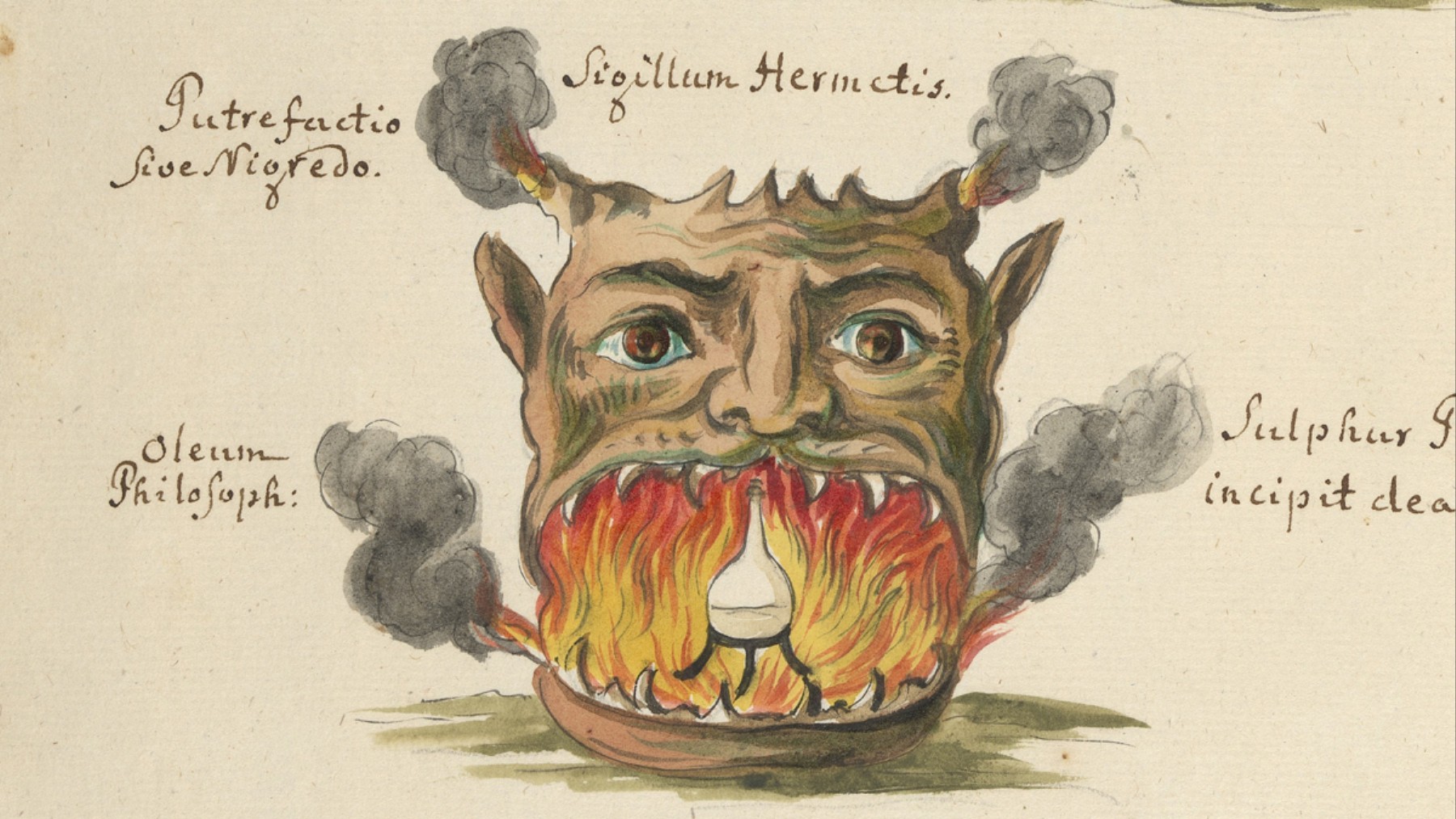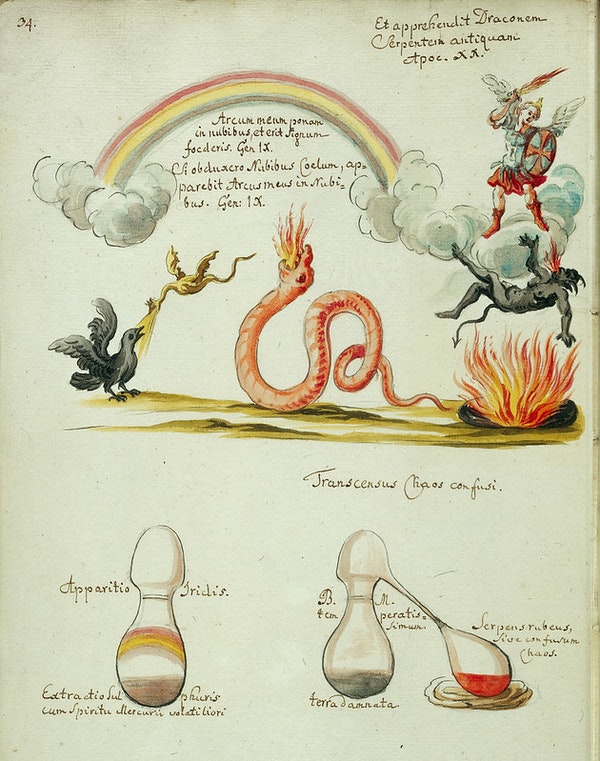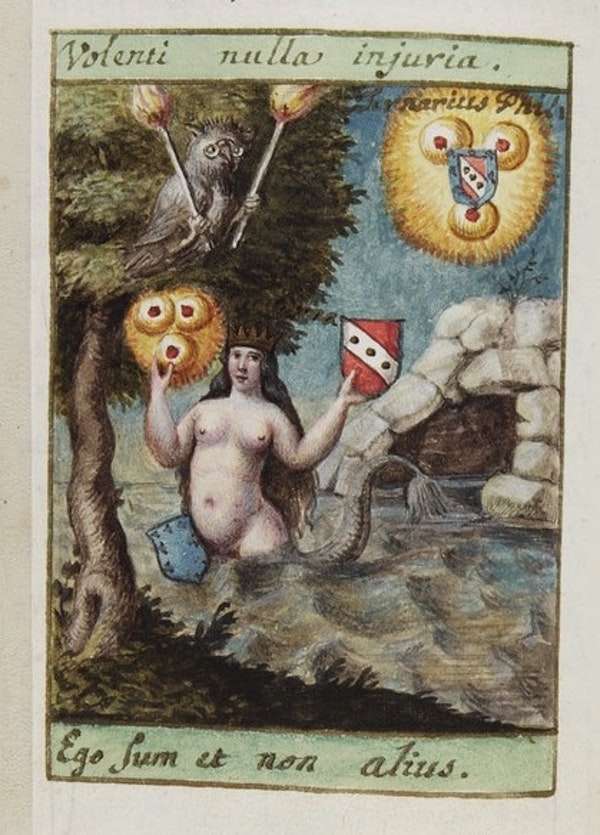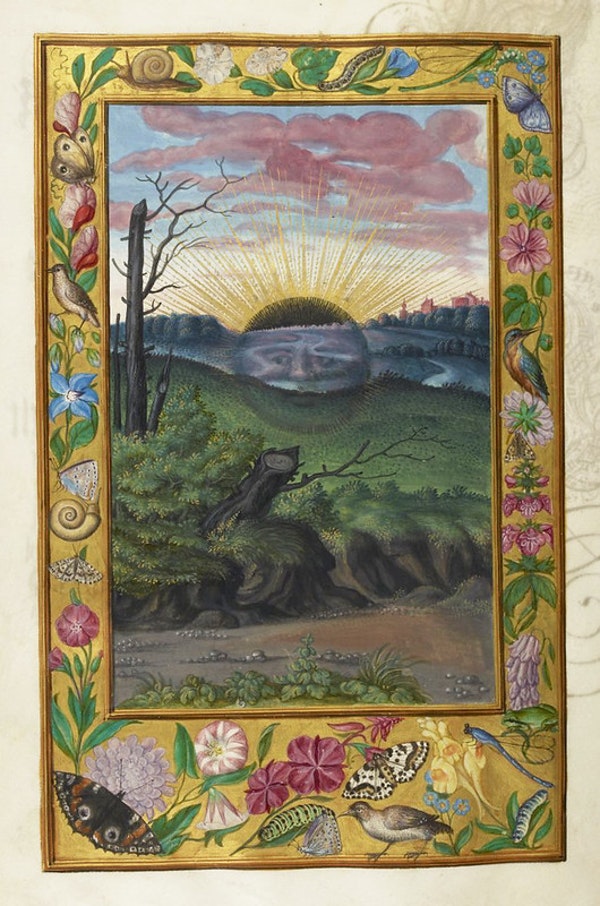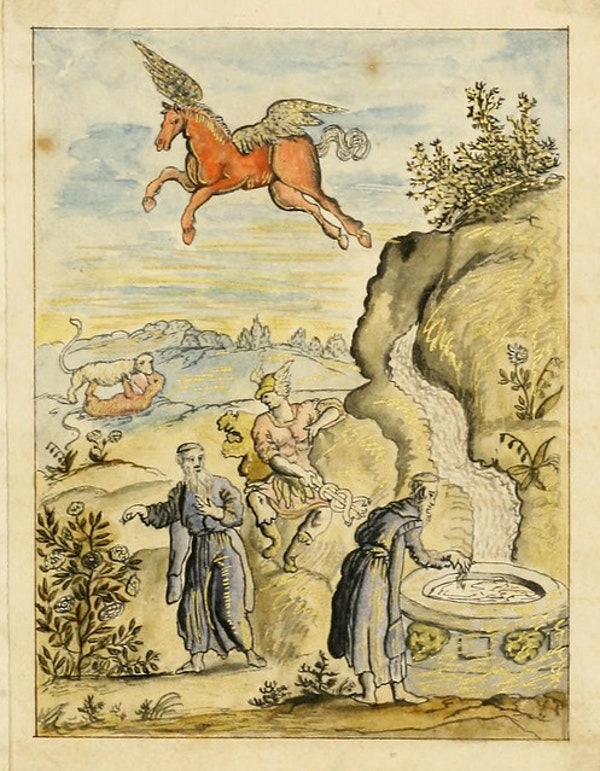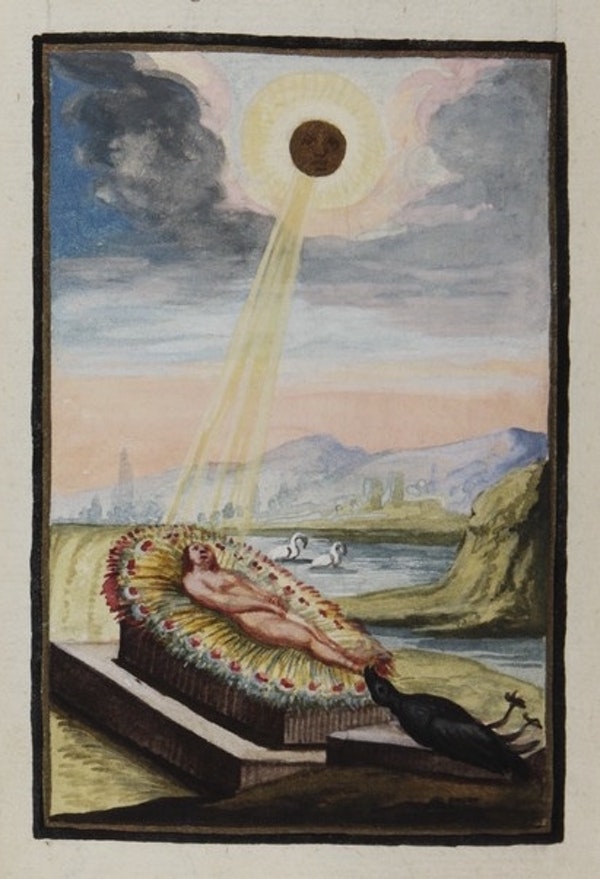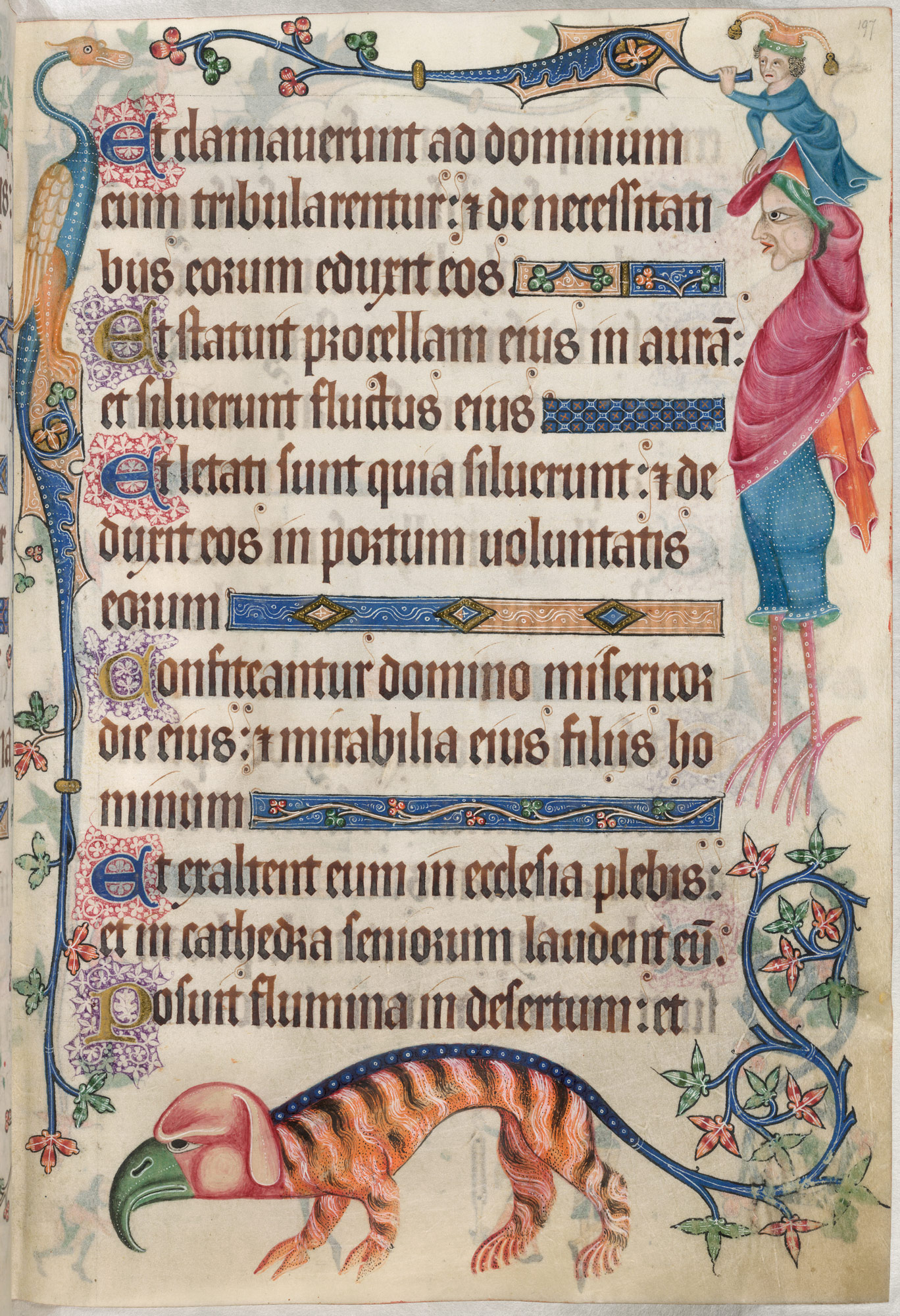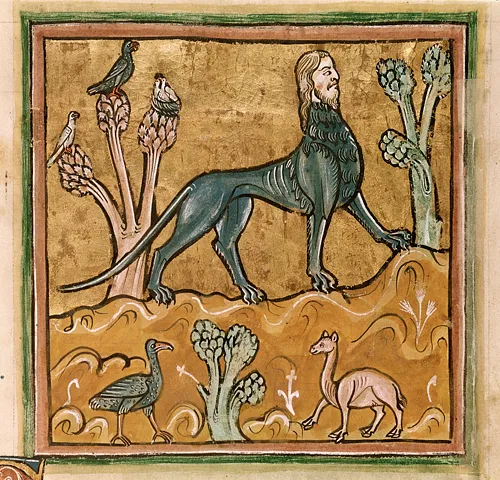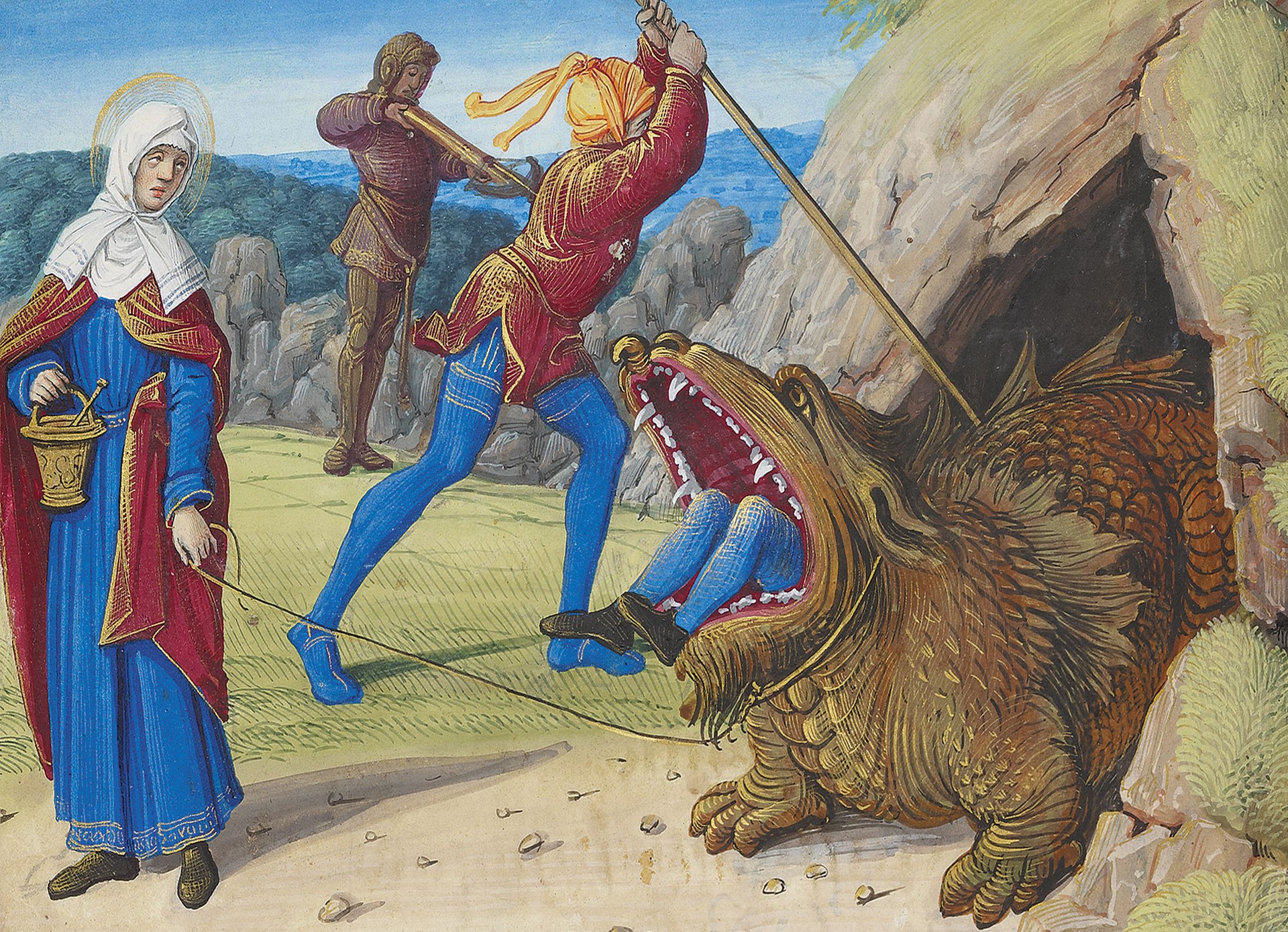Over the past five years, Ray Dalio, one of America’s most successful investors, has published a series of books, each meant to impart wisdom to a younger generation. The first book, Principles: Life and Work, shared the unconventional principles that have guided his life and career. It became a bestseller, selling well over one million copies. Next came Big Debt Crises, a study of financial crises and how nations navigate them. Finally, he has just published his latest bestseller, Principles for Dealing with the Changing World: Why Nations Succeed and Fail. A history of the rise and fall of empires over the last 500 years, the book uses the past to contemplate the future, particularly the fate of the United States and China. As was the case with Principles, Dalio has produced an animated video that explains key ideas in the book. Released in early March, the video has already been viewed 8.6 million times. Watch it above, and consider pairing it with his other animated video, How the Economic Machine Works.
If you would like to sign up for Open Culture’s free email newsletter, please find it here. It’s a great way to see our new posts, all bundled in one email, each day.
If you would like to support the mission of Open Culture, consider making a donation to our site. It’s hard to rely 100% on ads, and your contributions will help us continue providing the best free cultural and educational materials to learners everywhere. You can contribute through PayPal, Patreon, and Venmo (@openculture). Thanks!
Related Content
The Principles for Success by Entrepreneur & Investor Ray Dalio: A 30-Minute Animated Primer
